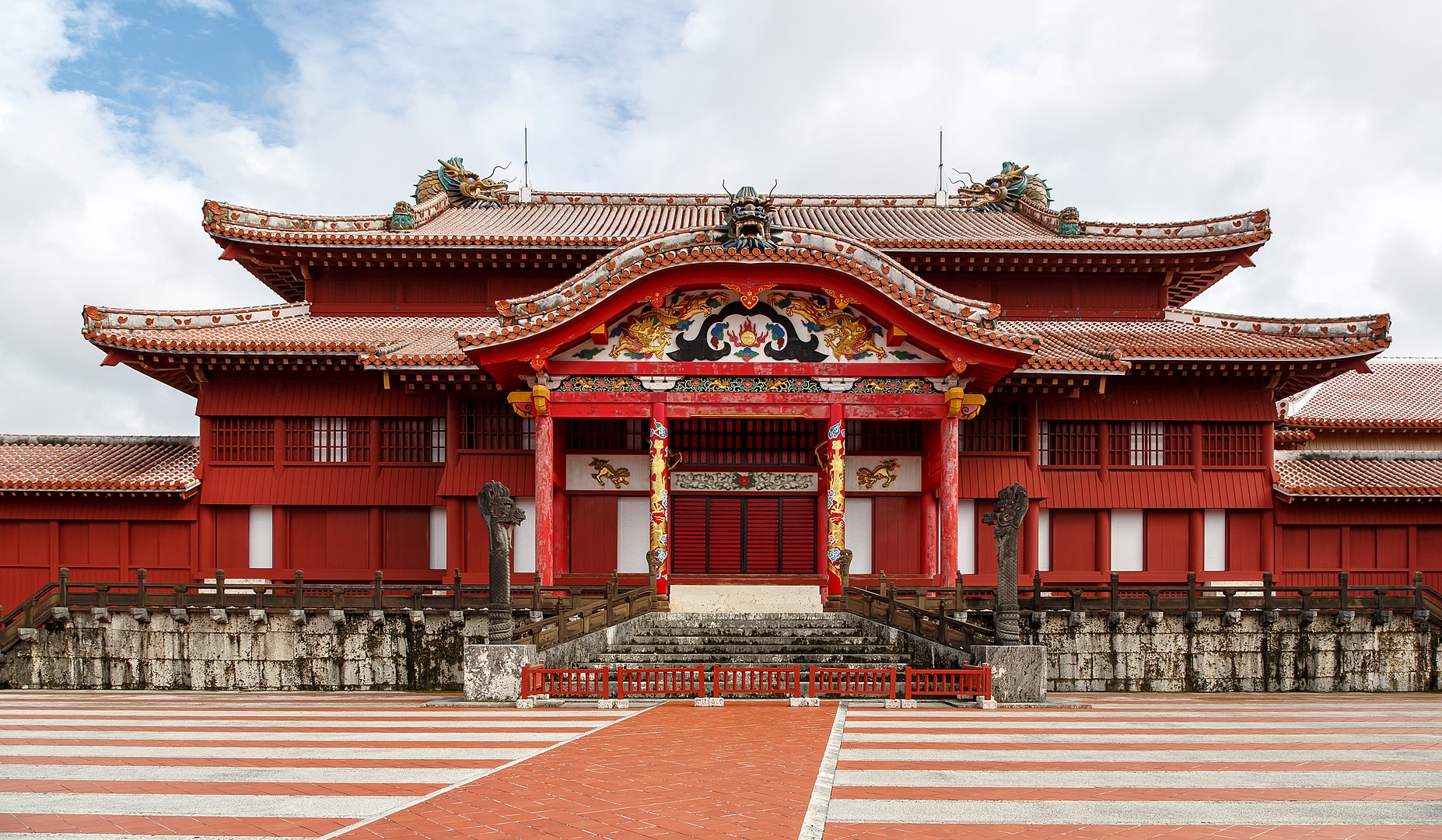Some old towns in Japan still maintain the traditional townscape of old Japanese houses along the street. Nonoichi City is one of such towns. But where is Nonoichi? Perhaps, many people even in Japan don’t know this town. This city locates next to Kanazawa City and it actually became prosperous even before Kanazawa grew big and famous. It was a post station town and along the streets stretching to Kyoto and other cities, merchants and feudal lords built traditional Japanese houses.
Former Kita House
Several old Japanese houses are well preserved in Nonoichi. Many of them are still in use so they are not open to the public. But for example, you can visit former Kita House which is near from the famous sweet shop Kashida Fugakudo that I wrote in the previous posting.

The traditional Japanese house transferred from Kanazawa City in late 19th century.
This house is managed by a private owner of the house. I was surprised to know that it was not the public entity but a private individual person Mr. Kita who owned the property and I admire Mr. Kita’s enthusiasm to preserve this treasure. His father lived here until his death several years ago. After his death, the son opened the house to the public. It was originally a house of a merchant family who were selling oil and It is very large.
Furniture of the Kita House
Former Kita House preserves old furniture and it is very interesting to see them. Take a look at the fireplace or the sunken hearth.

Japanese traditional fireplace or sunken hearth
An iron pot is hung from the ceiling. The pot itself is not so special but look at the ashes around the fireplace. There are a kind of geometric patterns. According to the owner of the house, Mr. Kita, this is very unique. While young he watched his father drew these and now he copies his father’s work. In a sense, this reminds me of rock gardens in Kyoto where the lines drawn on the sands represent the streams of the river.
Another interesting tool I found is pots of sake. The uniqueness is that they are lacquerware. They look like tea pots but they are made of wood and lacquered.

Lacquered Pot for Sake
The small drawer is a typical old Japanese craftwork. It is a precious antique.

Japanese drawer
I had never seen an old refrigerator until I saw this.

Old refregirator
Mr. Kita said that he was now negotiating with Nonoichi City to take over the Kita House. Though he is not a curator, he is very knowledgable and a good guide of this house. It must be very tiresome to preserve such an old house registered as a cultural asset.
Former Uozumi House
Another old house Uozumi House is diagonal from former Kita House. Slightly smaller than Kita House and this architecture is preserved by Nonoichi City. It was originally built in mid 19th century not far from Nonoichi as a house of a wealthy farmer family and was brought to the current location in 1975.

Former Uozumi House
When I went upstairs, there was a Buddhist altar. This one looks somewhat funny because it is only a “case” and there is no Buddha inside. I suppose the Buddha which used to be put inside is preserved somewhere else. The interesting point about this Buddhist altar is the size. The altar is very large as big as a height of a person. The usual Buddhist altar you can find anywhere in Japan is perhaps half the size of this.

Buddhist Altar
Old Townscape of Nonoichi
Along the street where the former Kita House and Uozumi House stand, there are several traditional architecture. You cannot go inside but you can admire the beauty of the Japanese house from the outside.
For More Information on Old Japanese Houses in Nonoichi
Former Kita House
Address: 8-11 Honmachi 3-chome, Nonoichi City, Ishikawa
Opening Hours: 9am – 4pm (open everyday)
Admission: ¥400 for adults, ¥200 for children
Former Uozumi House
Address: 19-24 Honmachi 3-chome, Nonoichi City, Ishikawa
Opening Hours: 10am – 4pm (closed on Mondays)
Admission: free
URL: https://www.city.nonoichi.lg.jp/english/Tourism.html
These houses are about 35-minute walk from JR Nonoichi Station. From JR Kanazawa to Nonoichi, it takes about 7 minutes. If you take a taxi from Kanazawa Station (where Shinkansen stops), it takes about 20-25 minutes to Nonoichi.
If you can visit Nonoichi, I also recommend you to go to Kanazawa Institute of Technology where there are many beautiful buildings in the campus.


















Excellent and very interesting post. Thank You.
Have a good day!
Thank you very much, Sartenada.
Thank you for writing this awesome article.
I’m a long time reader but I’ve never been compelled to leave a comment.
I subscribed to your blog and shared this on my Twitter.
Thanks again for a great post! https://www.citybrewtours.com/montreal/private-tours/bachelorette-party/
Thank you very much!
Thank you for writing this awesome article. I’m a long time reader but
I’ve never been compelled to leave a comment. I subscribed to your blog and
shared this on my Twitter. Thanks again for a great post! https://www.citybrewtours.com/montreal/private-tours/bachelorette-party/
Thank you very much!